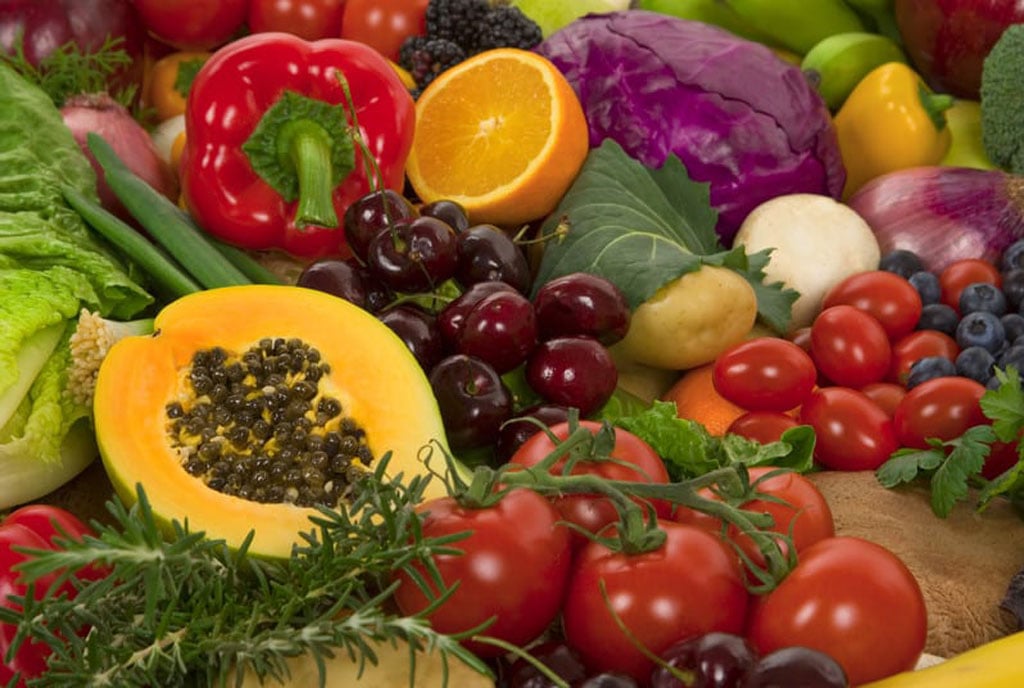Fresh, whole foods are the best sources of phytochemicals

Choose juices, raw, dried or cooked fruits as well as vegetables at meal times and for snacks. PHOTO/COURTESY
What you need to know:
- They say that food is medicine for a reason. What you eat may not cure all diseases, but it can have a dramatic impact on health. Phytochemicals are a key aspect of this.
Phytochemicals are bioactive components found in various foods that include fruits, grains and vegetables. They provide desirable health benefits that help reduce the risk of different chronic diseases.
They also confer food their colour, taste and other characteristics. Phytochemicals are found in functional foods, which provide health benefits beyond the normal nutritional needs. Flavonoids are the common phytochemicals.
Foods that are rich in flavonoids include artichokes, beans, coffee, pomegranates, seeds, spinach, strawberries and other berries as well as most fruits and vegetables, whole grains, nuts and seaweed. The common sources of phytochemicals are:
Blueberries
Blueberries flavonoids, alongside those of grapes and walnuts act as antioxidants in the brain, limiting damage to brain cells by oxidation. Research shows that a diet high in flavonoids may be associated with fewer cognitive effects in the elderly and in patients with mental illness.
Chocolate
Dark chocolate is rich in flavonoids while milk or processed chocolate have reduced flavonoid content. Dark chocolate intake correlates with lower cardiovascular disease risks. Most people are better off obtaining phytochemicals from nutrient dense, low calorie fruits and vegetables. Dark chocolate can also be consumed as an occasional treat.
Flaxseed
Flaxseeds are rich in lignans, cholesterol-like phytochemicals that can be converted into phytoestrogens, compounds that mimic the human hormone estrogen, by bacteria in the digestive tract.
Diets high in lignans inhibit cholesterol absorption and reduce blood cholesterol, thus cutting heart disease risk. Including a little flaxseed in the diet is beneficial as the food also richly supplies linolenic acid, an essential fatty acid.
However, do not consume flaxseeds in excess as they also contain compounds that interfere with vitamin or mineral absorption. High daily flaxseed intake could cause nutrient deficiencies.
Garlic
Garlic’s antioxidant compounds inhibit cancer development. Other benefits include curbing allergies, heart disease, infections and ulcers.
Soybeans and Soy products
Consumption of soybeans and soy products such as edamame (fresh green soybeans), miso (fermented soybean sauce), soy milk (milk-like beverage made from soybeans) and tofu (white curd made of soybeans) is associated with less occurrence of heart diseases and cancers.
Tomatoes
Tomatoes are rich in lycopene, a phytochemical. It is the red pigment found in guava, papaya, grapefruit, watermelons and tomatoes, especially cooked tomato products. Lycopene is responsible for the red colour in the foods. Its consumption is linked to reduced cancer risks due to its antioxidant effects in the body.
Tea
Black tea is a major contributor of flavonoids in the diet. Green tea, on the other hand, has the potential to reduce oxidative stress and inflammation and also reduces the levels of harmful blood lipids.
Grapes
Juice from the fruits contains a number of flavonoids, among them is a small amount of resveratrol, a phytochemical. It helps in reducing harmful tissue inflammation that exist in cancer, diabetes, obesity and heart diseases.
People who regularly consume grapes and their products and other fruits and vegetables have a lower incidence of cardiovascular diseases.
Tips for consuming phytochemicals
● Eat more fruits. Choose juices, raw, dried or cooked fruits as well as vegetables at meal times and for snacks.
● Increase vegetable portions in the diet. Double the normal portion of cooked plain, non-starchy vegetables.
● Use herbs and spices. Include parsley, basil, garlic, peppers, oregano and other beneficial seasonings in cooking.
● Replace some of the meat in the diet with grains, legumes and vegetables.
● Add grated vegetables. Carrots can be added in meat dishes; celery and squash in sauces.
● Try a new fruit, vegetable or whole grain each week or month. Try tofu, fortified soy milk, or soybeans in cooking.
What about supplements?
Some supplements contain phytochemicals. That includes protein shakes with plant-based ingredients, plant-based powders, some juices and capsule-based supplements.
But, there is no evidence that these offer the same benefits that come from whole fruits and vegetables. Supplements will also contain a more limited selection of compounds and the doses may be larger- Source: nutritionyoucanuse.com




